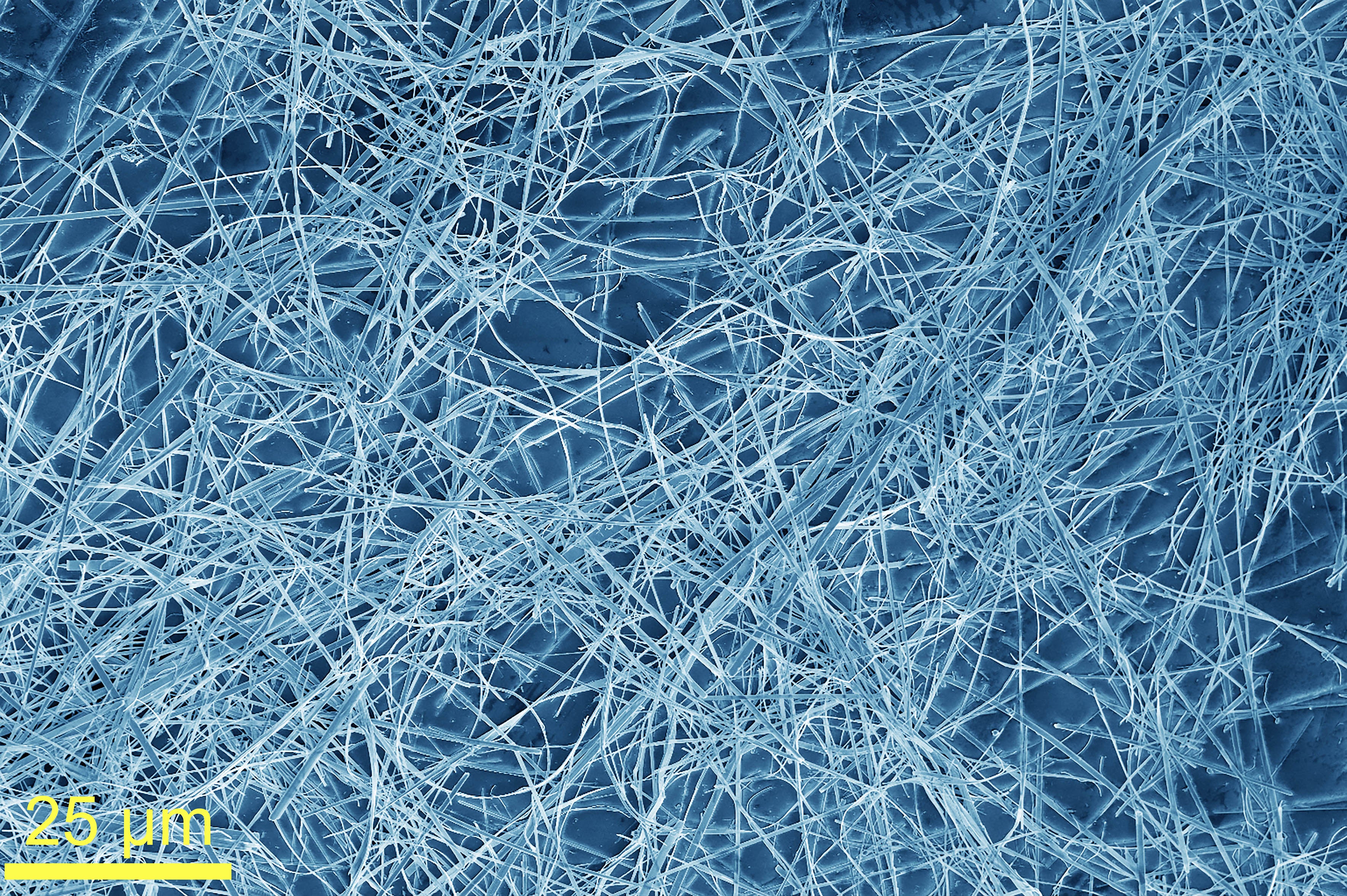
As electronic devices saturate all corners of public and personal life, engineers are scrambling to find lightweight, mechanically stable, flexible, and easily manufactured materials that can shield humans from excessive electromagnetic radiation as well as prevent electronic devices from interfering with each other.
In a breakthrough report published in Advanced Materials—the top journal in the field— engineers at the University of California, Riverside describe a flexible film using a quasi-one-dimensional nanomaterial filler that combines excellent electromagnetic shielding with ease of manufacture.
“These novel films are promising for high-frequency communication technologies, which...
Read More







Recent Comments